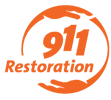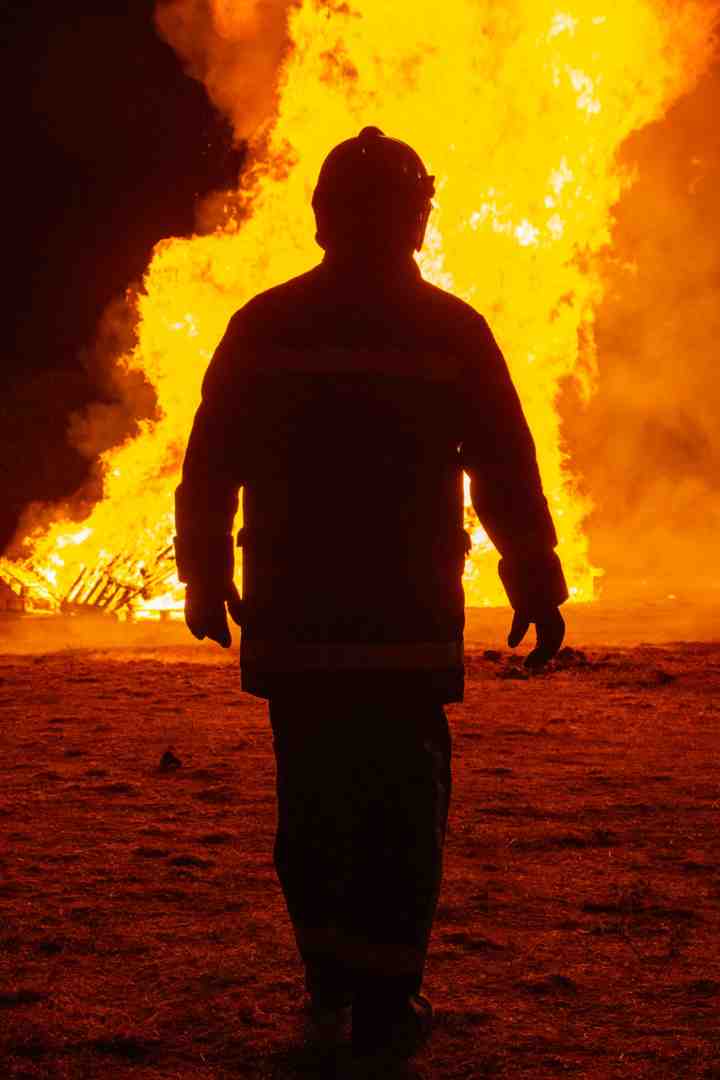Fire Damage Restoration: Navigating Emergency Inspections
When a fire occurs, it affects your property in many ways, including water, smoke, and structural damage. The emergency inspection aims to quickly identify pressing issues to ensure safety and guide effective recovery plans. Here’s the process, in brief:
- Evaluate the extent of fire damage to various parts of the property, starting from the roof to the foundation.
- Inspect for structural integrity to ensure the building is safe to enter.
- Document damages with photos and notes for insurance claims.

What is an Emergency Fire Damage Inspection?
An emergency inspection happens right after a fire. It helps determine how much damage has been done and what needs to be fixed. This inspection is not just about looking at what has burned, but about making sure the property is safe and deciding what steps to take next.
Safety Check
The first part of the inspection is a safety check. Before anyone can enter the building, inspectors need to be sure it’s safe. They look for things like structural instability, electrical hazards, and harmful chemicals left by firefighting efforts.
- Inspectors may use infrared cameras to find hidden fires.
- Gas detectors are used to check for harmful fumes.
- Personal protective equipment (PPE) is worn for safety.
Structural Integrity
After the safety check, the focus shifts to structural integrity. This involves checking if the building can still stand safely. Inspectors look for signs of damage in the walls, floors, and roof. They ensure the building won’t collapse unexpectedly.
- Color-coded tape may be used to mark unsafe areas.
- Inspectors document areas that need immediate repair.
- If marked unsafe, do not enter until authorities say it’s safe.
Thorough Documentation
Every part of the inspection is documented carefully. This includes taking photos and videos of the damage. This documentation is crucial for insurance claims and planning the restoration process.
- High-resolution cameras capture clear images.
- Notes and digital tablets help keep track of findings.
The Process of Conducting an Emergency Inspection
Conducting an emergency fire damage inspection involves several critical steps. Each step ensures the property is safe and ready for restoration. Let’s break down the process.
Initial Assessment
The first step is the initial assessment. Inspectors arrive on the scene to evaluate the immediate condition of the property. They look for obvious hazards like unstable structures or exposed electrical wiring.
- Visual inspection: Inspectors quickly identify major damage and hazards.
- Safety precautions: Use of personal protective equipment (PPE) is mandatory to prevent injury.
Thorough Documentation
Documentation is key to the inspection process. Inspectors capture detailed records, which are essential for insurance claims and restoration planning.
- Photos and videos: High-resolution images and videos document the extent of the damage.
- Written notes: Digital tablets and notebooks are used to keep detailed records of findings.
Structural Analysis
Next, inspectors perform a structural analysis. This step determines whether the building’s framework is safe and stable.
- Load-bearing walls and foundation: Inspectors check for cracks, warping, or other signs of structural failure.
- Roof inspection: Ensures no risk of collapse due to fire damage.
Smoke and Soot Evaluation
The impact of smoke and soot is not always visible. Inspectors evaluate these elements to prevent long-term damage.
- Surface checks: Inspectors look for visible soot and discoloration.
- Specialized tools: Use of thermal imaging cameras and air quality monitors to detect hidden residues.
Electrical and Plumbing Systems
Fire can severely damage a building’s electrical and plumbing systems. Inspectors ensure these are safe and functional.
- Electrical inspection: Check for heat damage, melted wires, and compromised panels.
- Plumbing evaluation: Inspectors look for leaks and damage to pipes and fixtures.
Tools and Equipment Used in Fire Damage Inspections
Any time you are dealing with a damaged structure, you will require specialized tools and equipment. These tools help professionals assess the extent of the damage accurately and safely.
Thermal Imaging Cameras
Thermal imaging cameras are essential in fire damage inspections. They detect heat signatures that are invisible to the naked eye.
- Hidden fires: These cameras can locate smoldering hotspots within walls and ceilings, preventing potential reignition.
- Safety checks: They help identify areas of excessive heat that might indicate structural instability or electrical hazards.
Moisture Meters
After a fire, water damage from firefighting efforts is a common issue. Moisture meters are used to detect moisture levels in materials.
- Water damage assessment: Moisture meters help identify wet areas that could lead to mold growth if not addressed.
- Preventative action: By finding moisture, inspectors can recommend drying and restoration measures to prevent further damage.
Gas Detectors
Gas detectors play a crucial role in ensuring safety during inspections.
- Harmful fumes: Fires can release dangerous gases, and these detectors help identify any lingering toxic fumes.
- Safety assurance: They ensure the air quality is safe for both inspectors and future occupants, reducing health risks.
Drones
Drones offer a modern solution for inspecting large or hazardous areas without putting inspectors at risk.
- Aerial views: Drones provide a comprehensive overview of the property, capturing images and videos from angles that are difficult to reach.
- Efficiency: They allow for quick assessment of roof damage and other structural issues from above, saving time and reducing risk.

Importance of Professional Fire Damage Inspections
When faced with the aftermath of a fire, the first step is a professional fire damage inspection. This step is crucial for several reasons, including safety verification, restoration planning, and insurance claims.
Safety Verification
Ensuring the property is safe is the top priority. Professionals conduct thorough inspections to identify hazards that might not be immediately visible. They check for structural damage, electrical issues, and harmful gases. This process is vital to guarantee that the building is safe for restoration teams and future occupants.
- Structural Integrity: Inspectors assess walls, ceilings, and floors for damage that could lead to collapse.
- Air Quality: Using gas detectors, they ensure no toxic fumes remain, which could pose health risks.
Restoration Planning
A detailed inspection helps create a comprehensive restoration plan. This plan outlines the necessary steps to return the property to its pre-fire condition.
- Damage Assessment: Professionals document all damage, including smoke and water damage, to prioritize repairs.
- Efficient Recovery: With a clear plan, restoration can proceed smoothly, minimizing downtime and costs.
Insurance Claims
Accurate documentation from a professional inspection supports insurance claims. Insurers require detailed reports to process claims efficiently.
- Evidence Collection: Inspectors take photos, videos, and notes to provide clear evidence of the damage.
- Claim Support: This documentation ensures claims are accurate and helps prevent disputes with insurance companies.

Employing professionals for fire damage inspections not only ensures safety and a structured restoration process but also facilitates smoother insurance claims. Up next, we’ll address frequently asked questions about emergency inspections for fire damage.
Frequently Asked Questions about Emergency Inspections for Fire Damage
What is the purpose of a fire damage inspection?
A fire damage inspection serves several critical purposes. First and foremost, it identifies fire hazards that might still be present after the blaze. Inspectors look for structural weaknesses, electrical issues, and leftover toxins that could pose safety risks. This ensures the property meets safety standards, making it safe for restoration crews and future occupants.
- Safety Standards: Inspections verify that the building is stable and free from immediate dangers, such as unstable walls or exposed wiring.
How do professionals assess fire damage?
Professionals assess fire damage through a multi-step process. They start by evaluating the extent of the damage to the building’s structure. This includes checking for water damage caused by firefighting efforts and inspecting for smoke residue, which can linger and cause health issues.
- Water Damage: Inspectors use moisture meters to detect water damage, which can lead to mold growth if not addressed promptly.
- Smoke Residue: Using infrared cameras, they locate smoke damage hidden in walls and ceilings. Smoke can tarnish surfaces and leave a persistent odor, requiring specialized cleaning.
What happens after the inspection?
After the inspection, a detailed restoration process begins. Professionals create a repair plan based on the inspection findings, outlining the steps needed to restore the property.
- Restoration Process: This involves cleaning, repairing, and sometimes replacing damaged areas. Specialists will address both visible damage and hidden issues like water and smoke residue.
- Repair Plan: The plan includes timelines, costs, and resources needed for each stage of the restoration. It ensures an organized approach to returning the property to its pre-fire state.
The inspection is a crucial first step in navigating the complex journey of fire damage restoration. It not only identifies immediate hazards but also sets the stage for a safe and efficient recovery process.
The 911 Restoration Promise
At 911 Restoration of Inland Empire, we understand the overwhelming impact of fire damage on your property and life. That’s why we’re committed to providing comprehensive restoration services that address every aspect of fire damage, from the initial inspection to the final repairs. Our team is available 24/7, ensuring that we are there for you when you need us the most.
We pride ourselves on our quick response time, arriving at your location within 45 minutes to assess the damage and begin the restoration process. Our experienced professionals use state-of-the-art tools and techniques to evaluate and repair fire, smoke, and water damage. We work diligently to ensure your property is restored to its original condition, making it safe and livable once again.
Our services don’t just stop at restoration. We also assist with insurance claims, helping you steer the often complex process to ensure you receive the compensation you deserve. Our goal is to provide you with peace of mind and a fresh start, minimizing stress during this challenging time.
For more information on how we can help you recover from fire damage, visit our Fire and Smoke Damage Restoration page. Let us help you rebuild and restore your property, so you can get back to normal life as soon as possible.




